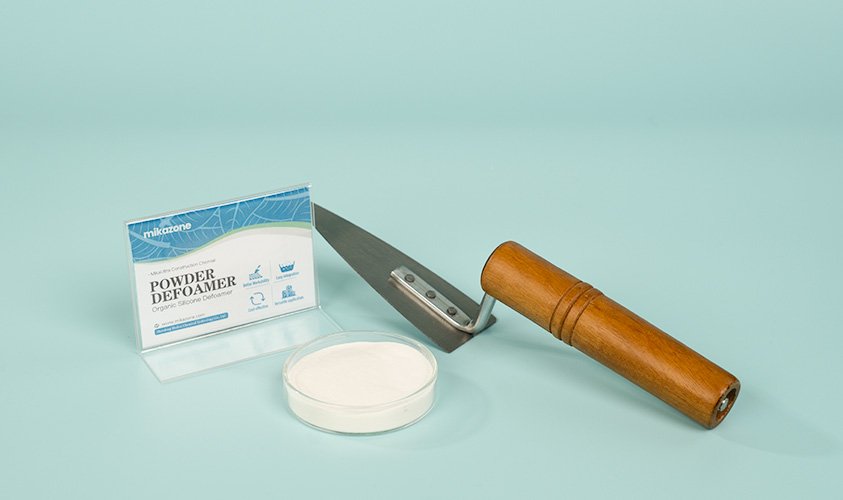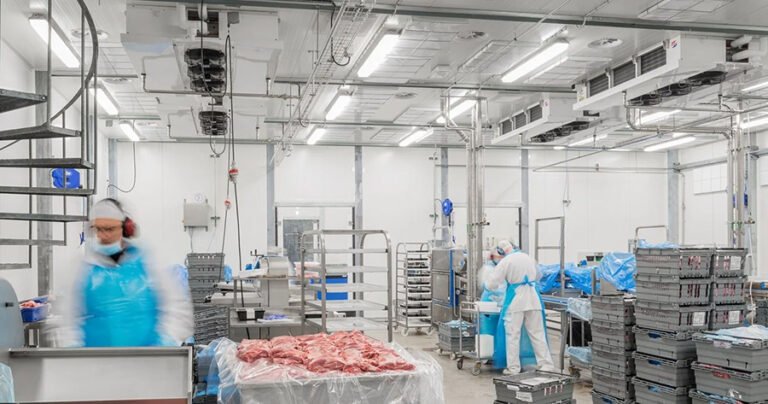In the world of industrial processes, foam can be both a nuisance and a barrier to efficiency. Whether it’s in the production of paints, food processing, or wastewater treatment, unwanted foam can lead to operational challenges and product defects. Enter the defoamer—a crucial chemical additive that reduces and hinders the formation of foam. This article delves into what defoamers are, how they work, and their significance in various industries.
What is a Defoamer?
A defoamer, also known as an anti-foaming agent, is a chemical additive designed to reduce and prevent the formation of foam in liquids. Foam can disrupt industrial processes, affect the quality of products, and lead to inefficiencies. Defoamers work by breaking down existing foam and preventing new foam from forming. They are essential in industries like pharmaceuticals, food and beverage, paints and coatings, and wastewater treatment.

How Do Defoamers Work?
- 1. Surface Tension Reduction: Defoamers penetrate the foam’s liquid film, reducing its surface tension. This causes the film to thin and eventually break, leading to the collapse of the foam.
- 2. Displacement of Surfactants: In many cases, foam stability is due to surfactants. Defoamers displace these surfactants, destabilizing the foam and causing it to break down.
- 3. Bubble Coalescence: Defoamers encourage smaller bubbles to merge into larger ones, which are less stable and more likely to burst.
Types of Defoamers
Silicone-Based Defoamers
Oil-Based Defoamers
Water-Based Defoamers
Powder Defoamers
Applications of Defoamers

Food and Beverage
In food processing, defoamers help maintain the quality of products by preventing foam formation during mixing and fermentation.
Paints and Coatings
Foam can cause defects in surface coatings. Defoamers ensure a smooth finish by eliminating air bubbles.


Wastewater Treatment
Foam can impede the treatment process. Defoamers help in maintaining efficient operations by reducing foam buildup.
Pharmaceuticals
In the production of drugs, defoamers ensure the stability and quality of pharmaceutical products.

Choosing the Right Defoamer
- Compatibility: The defoamer should be compatible with the system in which it is used.
- Effectiveness: It should effectively reduce foam without affecting the product’s quality.
- Regulatory Compliance: Especially in food and pharmaceuticals, the defoamer must comply with industry regulations.
- Cost-Effectiveness: The defoamer should provide the desired results without significantly increasing production costs.
Conclusion
Defoamers play a pivotal role in maintaining the efficiency and quality of industrial processes. By understanding their mechanisms and applications, industries can effectively manage foam-related challenges. When choosing a defoamer, it’s crucial to consider factors such as compatibility, effectiveness, and regulatory compliance. As industries continue to evolve, the demand for innovative and environmentally friendly defoamers will likely increase.
For those interested in exploring more about defoamers, or if you need a customized defoaming solution, reaching out to experts in Mikazone can provide valuable insights and assistance.
